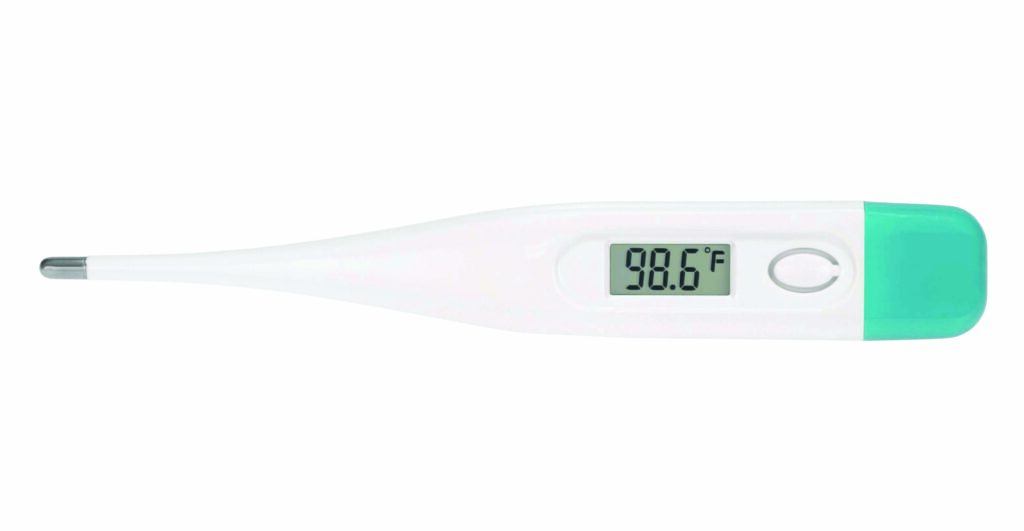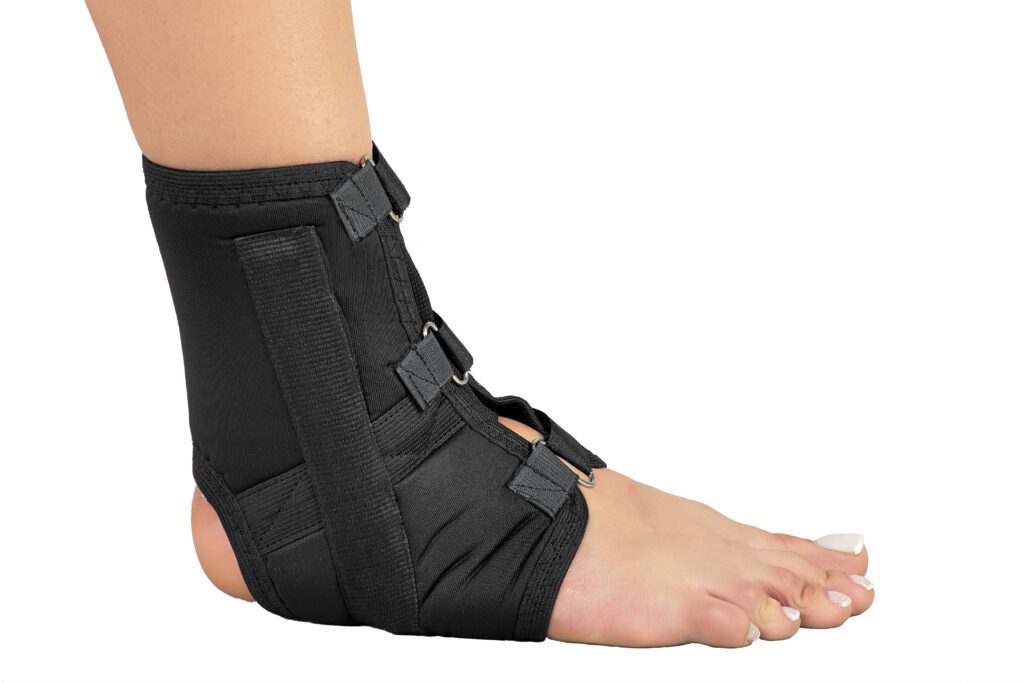Q. I struggle with seasonal depression every winter. What are the best ways to prevent it or lessen its impact?
A. The winter blues can be devastating. Those with depression or bipolar disorder especially may be at increased risk of recurrence or worsening of depression when plagued by fewer hours of daylight, but many individuals are at risk for symptoms of recurring seasonal affective disorder (SAD) during the winter.
Those with serious depression and mood disorders should see their mental health professional if symptoms worsen in the winter. Others who suffer from decreased energy, insomnia, or mood changes may benefit from spending time in well-lighted areas. Eating lunch or taking breaks outside can help boost mood for those with minor SAD symptoms. Therapeutic light boxes may help when used for 30-60 minutes every morning, when natural sunlight is not available. There are also FDA-approved medications that address SAD. Don’t suffer! Seek relief!


Oliver Gregory, MD
Medical Director, Partial Hospitalization Program at Parkridge Valley Adult & Senior Campus

Q. Quitting smoking seems like such a big undertaking. Are there steps I can follow to make it easier?
A. There are several medication options to help you quit smoking. You should speak to your primary care provider about the different medications that are available and which one might be right for you. In addition to medications, there are many great free resources available to provide extra support.
You can call 1-800-QUIT-NOW or visit smokefree.gov to find out more about free resources that are available 24/7, including smoke free apps, texting programs, and counseling services. CHI Memorial also offers local free smoking cessation classes through the American Lung Associations’ Freedom From Smoking program.


Laura Hill, MD
Family Medicine Physician, CHI Memorial Family Practice Associates - Soddy Daisy
Q. My coworkers insist that you must have a fever to have the flu, but I’ve heard differently. What’s the truth?
A. Most people have a fever with influenza. The truth, though, is some people have no fever at all with influenza!


Whether your body mounts a fever to fight off the virus depends on a lot of factors, including your age, whether you’ve been vaccinated, and a host of other variables. Most often, symptoms come on rapidly. The typical symptoms include cough, fever, body aches, muscle and back pain, headache, nasal or sinus congestion, chilling, nausea, vomiting, and/or diarrhea; you needn’t have them all though, as everyone presents differently. Any combination of these symptoms may mean you have the flu.


Christine Myers, MD
Internal Medicine Physician, AFC Urgent Care
Q. I keep hearing about retinol, but I have no idea what it actually does. Can you explain?
A. When hearing terms like retinol or retinoid, it’s important to understand that the powerhouse behind the product is retinoic acid. Retinoic acid increases collagen production, fades sun damage discoloration, and interrupts the free-radical process that causes wrinkling. Over-the-counter retinols are much weaker than prescription retinoids, because they contain ester forms (vitamin A derivatives). These need to be converted by the skin into retinoic acid in order for the skin to use it. Therefore, using prescription-based retinoids (Retin-A and Tretinoin), which contain higher concentrations of retinoic acid, will provide faster results than OTC retinols. Both retinols and retinoids can result in skin irritation, peeling, and sun sensitivity, so use these products with sunscreen and under the care of your plastic surgeon or dermatologist.


Cindy McCord, MD
Plastic Surgeon, Associates in Plastic Surgery


Q. I sprained my ankle a few months ago, but it still feels unstable. What should I do?
A. When you “sprain” your ankle, you are tearing the outside ankle ligaments that connect your foot bones to your leg bones. These ligaments are the #1 most commonly torn ligaments in the human body. Most ankle sprains heal uneventfully, but a more severe sprain may result in a condition where your ankle feels unstable and rolls easily.
Recurrent ankle sprains can damage the cartilage inside the ankle joint and should be evaluated by your doctor. Initial evaluation will include a thorough physical exam to assess the strength of the ankle and X-rays to look for unhealed fractures or cartilage injury.
Treatment consists of using an ankle brace to provide immediate stability. Physical therapy is a mainstay of treatment and focuses on strengthening the ligaments and tendons that support your ankle. Surgery is rarely needed but may be an option if bracing and therapy fail to produce a stable, pain-free ankle.


Matthew Buchanan, MD
Foot and Ankle Surgeon, Center for Sports Medicine & Orthopaedics

